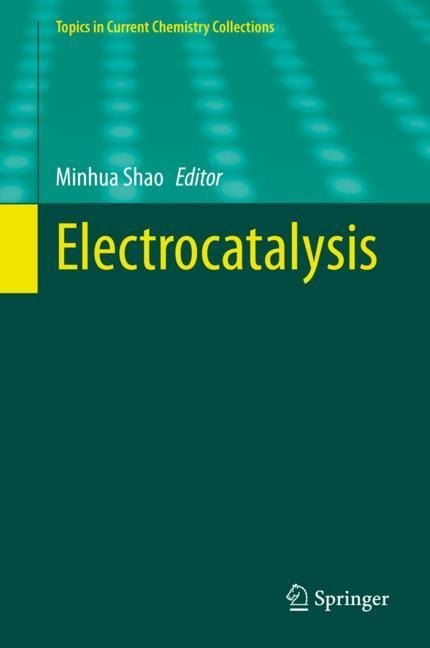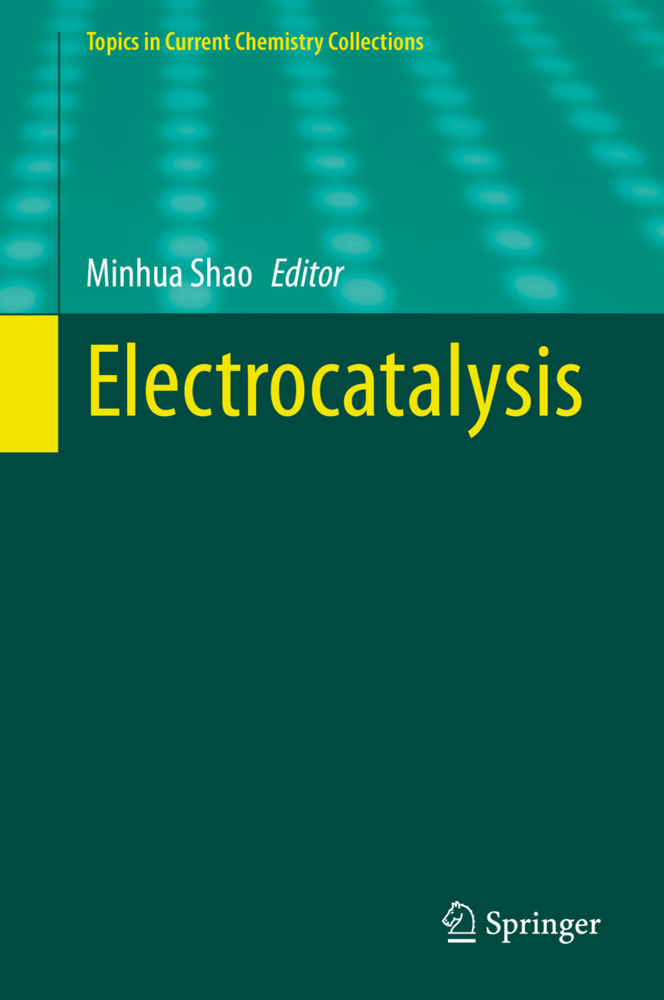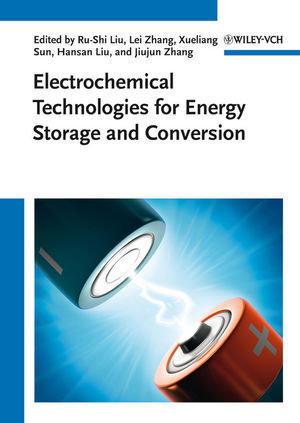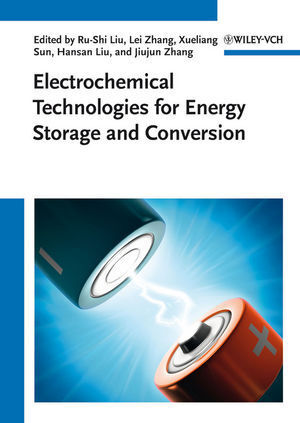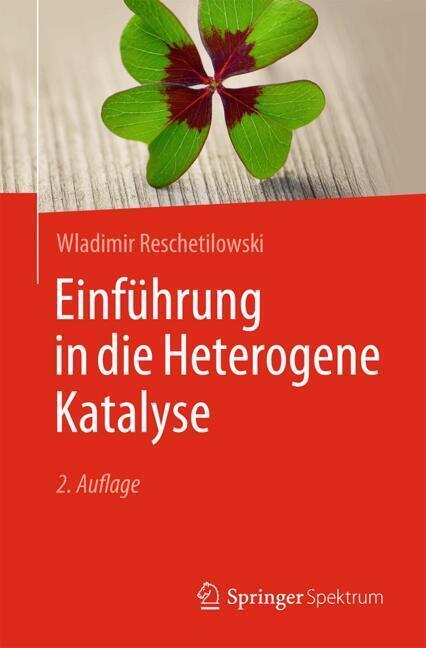The series Topics in Current Chemistry Collections presents critical reviews from the journal Topics in Current Chemistry organized in topical volumes. The scope of coverage is all areas of chemical science including the interfaces with related disciplines such as biology, medicine and materials science. The goal of each thematic volume is to give the non-specialist reader, whether in academia or industry, a comprehensive insight into an area where new research is emerging which is of interest to a larger scientific audience. Each review within the volume critically surveys one aspect of that topic and places it within the context of the volume as a whole. The most significant developments of the last 5 to 10 years are presented using selected examples to illustrate the principles discussed. The coverage is not intended to be an exhaustive summary of the field or include large quantities of data, but should rather be conceptual, concentrating on the methodological thinking that will allow the non-specialist reader to understand the information presented. Contributions also offer an outlook on potential future developments in the field.
Dr. Shao is an Associate Professor in the Department of Chemical and Biological Engineering at HKUST. He is also the Associate Director of the HKUST Energy Institute, Director of the Sustainable Energy Engineering Program. He earned his PhD degree in Materials science and Engineering from the SUNY-Stony Brook in 2006. Dr. Shao joined UTC Power in 2007 to lead the development of advanced catalysts for PEM fuel cells. He was promoted to UTC Technical Fellow in 2012. In 2013, he joined Ford Motor Company to conduct research on lithium-ion batteries. He then joined HKUST in 2014. He is an Associate Editor of Journal of the Electrochemical Society (2017-present), and Science Bulletin (2016-2018) and Editorial Advisory Board Members for Journal of Applied Electrochemistry, Catalysts, Electrochemistry, and Materials Technologies. He has published over 80 peer-reviewed articles, 1 edited book (Springer) and filed over 30 patent applications (10 issued). He has also received a number of awards, including the Supramaniam Srinivasan Young Investigator Award from the ECS Energy Technology Division (2014), Student Achievement Award from the ECS Industrial Electrochemistry and Electrochemical Engineering Division (2007), President's Award to Distinguished Doctoral Students from Stony Brook University (2006), Chinese Government Award for Outstanding Self-Financed Students Abroad from China Scholarship Council (2006).
Dr. Shao is an Associate Professor in the Department of Chemical and Biological Engineering at HKUST. He is also the Associate Director of the HKUST Energy Institute, Director of the Sustainable Energy Engineering Program. He earned his PhD degree in Materials science and Engineering from the SUNY-Stony Brook in 2006. Dr. Shao joined UTC Power in 2007 to lead the development of advanced catalysts for PEM fuel cells. He was promoted to UTC Technical Fellow in 2012. In 2013, he joined Ford Motor Company to conduct research on lithium-ion batteries. He then joined HKUST in 2014. He is an Associate Editor of Journal of the Electrochemical Society (2017-present), and Science Bulletin (2016-2018) and Editorial Advisory Board Members for Journal of Applied Electrochemistry, Catalysts, Electrochemistry, and Materials Technologies. He has published over 80 peer-reviewed articles, 1 edited book (Springer) and filed over 30 patent applications (10 issued). He has also received a number of awards, including the Supramaniam Srinivasan Young Investigator Award from the ECS Energy Technology Division (2014), Student Achievement Award from the ECS Industrial Electrochemistry and Electrochemical Engineering Division (2007), President's Award to Distinguished Doctoral Students from Stony Brook University (2006), Chinese Government Award for Outstanding Self-Financed Students Abroad from China Scholarship Council (2006).
1;Contents;6 2;Preface;7 3;Pt-Based Catalysts for Electrochemical Oxidation of Ethanol;9 3.1;Abstract;9 3.2;1 Introduction;10 3.3;2 In Situ Characterization of New Catalysts for Ethanol Oxidation;12 3.3.1;2.1 In Situ FTIR Experimental Details;12 3.3.2;2.2 In Situ XAS Experimental Details;15 3.4;3 In Situ FTIR Study of Ethanol Electrooxidation;18 3.4.1;3.1 In Situ IRRAS Study of Ternary Electrocatalysts for Oxidizing Ethanol to CO2;18 3.4.1.1;3.1.1 The Role of Rh in the Ternary Pt-Rh-SnO2 Catalyst System;19 3.4.1.2;3.1.2 Quantitative Optimization of the Pt-Rh Ratio;21 3.4.1.3;3.1.3 In Situ FTIR as a Quantitative Analysis Method;21 3.4.2;3.2 In Situ ATR-SEIRAS Study of Ethanol Oxidation on a Pt Electrode;24 3.5;4 In Situ XAS Study of Ethanol Oxidation;26 3.5.1;4.1 PtRhSnO2 Ternary Catalyst for Ethanol Oxidation;27 3.5.1.1;4.1.1 EXAFS Fitting of Pt-Rh-SnO2 Nanocatalyst;28 3.5.2;4.2 Optimizing Pt-Rh-SnO2 Nanocatalyst;28 3.5.3;4.3 Ir as an Alternative to Rh;33 3.6;5 Platinum Monolayer Electrocatalysts for Ethanol Oxidation;37 3.7;6 Conclusions;42 3.8;Acknowledgements;42 3.9;References;43 4;Recent Advances in the Electro-Oxidation of Urea for Direct Urea Fuel Cell and Urea Electrolysis;48 4.1;Abstract;48 4.2;1 Introduction;49 4.3;2 Application of Urea Electro-Oxidation;50 4.3.1;2.1 Direct Urea Fuel Cells (DUFCs);50 4.3.2;2.2 Urea Electrolysis;53 4.4;3 Mechanism of Urea Electro-Oxidation;55 4.4.1;3.1 Mechanism in Neutral Cl- Medium;55 4.4.2;3.2 Mechanism in Alkaline OH- Medium;57 4.5;4 Development of Anodic Catalysts for Urea Electro-Oxidation;60 4.5.1;4.1 Nickel-Based Metals;61 4.5.1.1;4.1.1 Single Nickel Metal;61 4.5.1.2;4.1.2 Nickel-Noble Metal Alloys;62 4.5.1.3;4.1.3 Nickel-Transition Metal Alloys;62 4.5.2;4.2 Nickel-Based Hydroxide;65 4.5.2.1;4.2.1 Monovalent Nickel Hydroxide;65 4.5.2.2;4.2.2 Doped Nickel-Based Hydroxide;66 4.5.3;4.3 Nickel-Based Oxide;68 4.5.3.1;4.3.1 Monovalent Nickel Oxide;68 4.5.3.2;4.3.2 Nickel-Based Composite Oxides;70 4.5.4;4.4 Novel Nickel-Based Compounds;71 4.5.5;4.5 Supported Nickel-Based Compounds;75 4.6;5 Conclusions;77 4.7;Acknowledgements;79 4.8;References;79 5;Determination of Specific Electrocatalytic Sites in the Oxidation of Small Molecules on Crystalline Metal Surfaces;86 5.1;Abstract;86 5.2;1 Introduction;87 5.3;2 The Structure of the Catalytic Substrate;88 5.4;3 Determination of Specific Electrocatalytic Sites;90 5.4.1;3.1 Fingerprints of Step and Terrace Sites on Pt Surfaces as Probed by Hydrogen AdsorptionDesorption;90 5.4.2;3.2 Electro-Oxidation of Carbon Monoxide;91 5.4.3;3.3 Pathways of Methanol Electro-Oxidation Toward Carbon Dioxide;96 5.4.4;3.4 Electro-Oxidation of Ammonia;99 5.4.5;3.5 Asymmetric Electrocatalysis of the Glucose Oxidation in Intrinsically Chiral Pt Surfaces;102 5.5;4 Concluding Remarks and Prospects;105 5.6;Acknowledgements;106 5.7;References;106 6;Bimetallic Electrocatalysts for CO2 Reduction;111 6.1;Abstract;111 6.2;1 Introduction;112 6.3;2 Bimetallic Electrocatalysts for CO2 Reduction;113 6.3.1;2.1 CO Selective Bimetallic Electrocatalysts;113 6.3.2;2.2 Hydrocarbon Selective Bimetallic Electrocatalysts;117 6.3.3;2.3 Oxygenate Selective Bimetallic Electrocatalysts;121 6.4;3 Challenges and Opportunities of Bimetallic Electrocatalyts for CO2 Reduction;127 6.5;Acknowledgements;127 6.6;References;128 7;Dispersive Single-Atom Metals Anchored on Functionalized Nanocarbons for Electrochemical Reactions;132 7.1;Abstract;132 7.2;1 Introduction;133 7.3;2 Synthesis of Carbon-Based Single-Atom Metal Catalysts;135 7.3.1;2.1 High-Vacuum Deposition;135 7.3.2;2.2 Wet-Chemical Route;136 7.3.3;2.3 High-Temperature Pyrolysis;137 7.4;3 Characterization of Carbon-Based Single-Atom Metal Catalysts;138 7.4.1;3.1 Electron Microscopy Techniques;138 7.4.2;3.2 Spectroscopy Techniques;139 7.5;4 Applications of Carbon-Based Single-Atom Metal Catalysts in Electrocatalysis;141 7.5.1;4.1 Oxygen Reduction Reaction;141 7.5.2;4.2 Water Splitting;143 7.5.3;4.3 Other Electrochemical Reactions;144 7.6;5
Shao, Minhua
| ISBN | 9783030432942 |
|---|---|
| Artikelnummer | 9783030432942 |
| Medientyp | E-Book - PDF |
| Copyrightjahr | 2020 |
| Verlag | Springer-Verlag |
| Umfang | 170 Seiten |
| Sprache | Englisch |
| Kopierschutz | Digitales Wasserzeichen |

